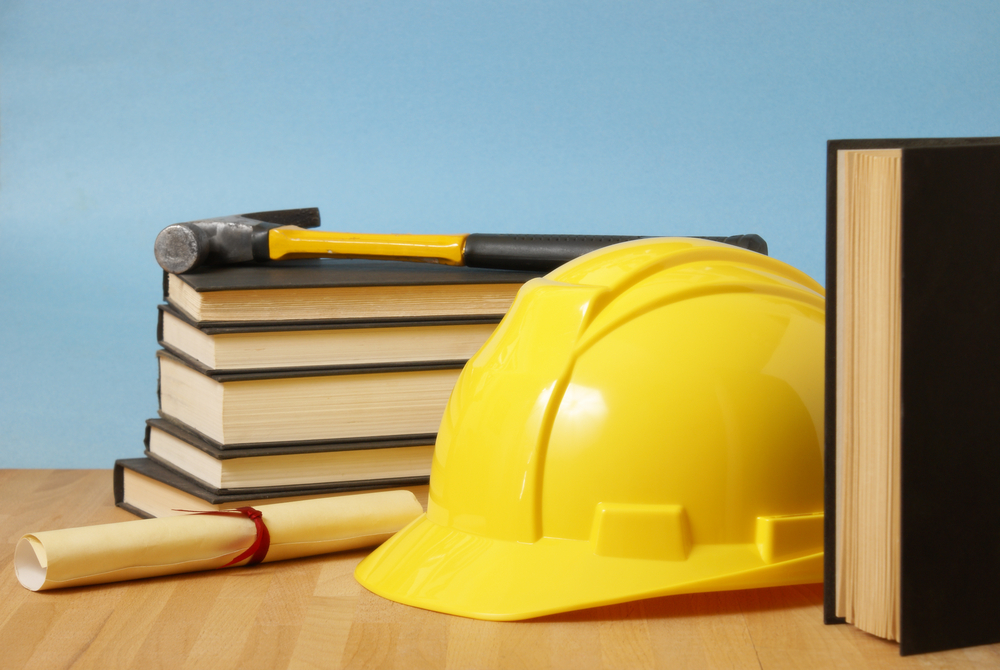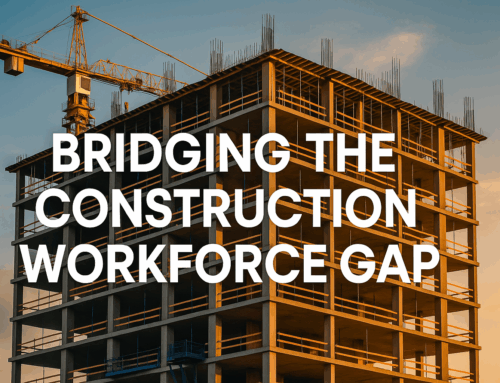The COVID-19 pandemic has affected nearly every aspect of our lives, including school construction. With many students learning remotely for the past year, there has not been a significant need for new schools or renovations. Following COVID, though, many schools will have to renovate their facilities to improve safety. This will lead to some changes to the tasks required for good construction leadership and others in the construction field.
Relief Funds for School Construction
Those in construction can safely assume that there will be an increase in school construction, both new construction and renovation. This comes from the inclusion of relief funds specifically for school construction in current plans.
The Elementary and Secondary Emergency Education Relief Fund (ESSER) received almost $190.5 billion in funding from the three stimulus bills passed during the pandemic. This includes $13.5 billion in the ESSER Fund, $54.3 billion in the ESSER II Fund, and $122.7 billion in the ESSER II Fund. These funds are not only for school construction but for renovations as well.
Changes to Expect From School Construction Post COVID
Because of COVID, those receiving construction salaries or talking to construction recruiting teams can expect a few fundamental changes when building new schools.
Ventilation and Air Circulation
One of the most significant changes that construction estimators and contractors are likely to notice is the increased importance of HVAC systems and overall air circulation. Installing systems that incorporate more fresh air and include upgraded filtration, UVC treatments, and bipolar ionization will be a new part of the construction process.
More Touchless Features
Construction will include more features that reduce the need for students, teachers, and staff to touch items. On the most basic level, this can mean installing automatic door-openers or toilets that flush automatically. It can also mean construction crews incorporating more advanced technology into the buildings, such as AR and VR. This technology can help students replace hands-on learning experiences.
Creating Flexible Spaces
Instead of building classrooms to hold rows of seats, construction leadership is now incorporating more flexibility into the various spaces in schools. Flexible spaces allow social distancing for now and permit students to sit closer together in the future. They also provide students with a range of seating options and the ability to change scenery while learning.
This type of flexibility comes in the form of flexible furniture, flexible seating, and movable walls. There will also likely be individualized areas to store supplies.
Using Outdoor Areas
In areas with more temperate climates, school construction may also include creating outdoor spaces for learning. These provide the opportunity for social distancing and a change of scenery.
Remote Learning Provided an Opportunity for School Construction
From a construction standpoint, remote learning is providing an opportunity to implement projects. Schools can work on renovation and construction projects now while kids are learning from home. This gives schools some extra flexibility in terms of construction. Even schools with a hybrid model have fewer students on-site, allowing for some projects to take place.
How can we help you?
Searching for an opportunity in the construction industry? Contact The Birmingham Group’s team of seasoned commercial construction recruiters today to discuss your career path or browse our open positions.
Are you a hiring authority in need of construction talent? Submit a search request today.
–





